JOIN the AFICIONADOS
Get the insider news and lowdown on what we've been up to, where we've been, and who we've met along the way. Be the first to discover new places and get the scoop on our favourites.
Tuscany and wine go together like cookies and milk, but where to start in a land where every hilltop is lined with vines and it seems every villa has its own vineyard?
As ever, we go with the local viewpoint and no better in this case than John Voigtmann, owner of La Bandita Pienza, a salvaged delight in the heart of Tuscany's Pienza in Val d’Orcia. Take his tips for finding the finest Tuscan wines to sup with your pasta, pizza or simply a few olives.
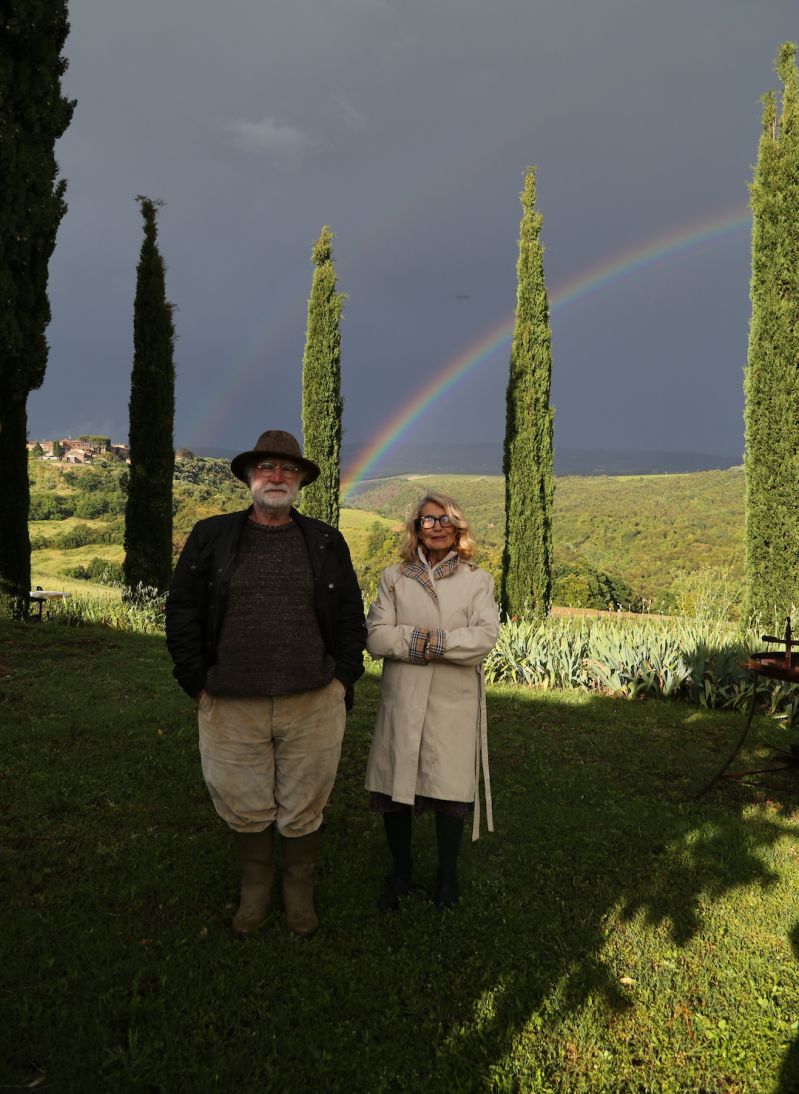
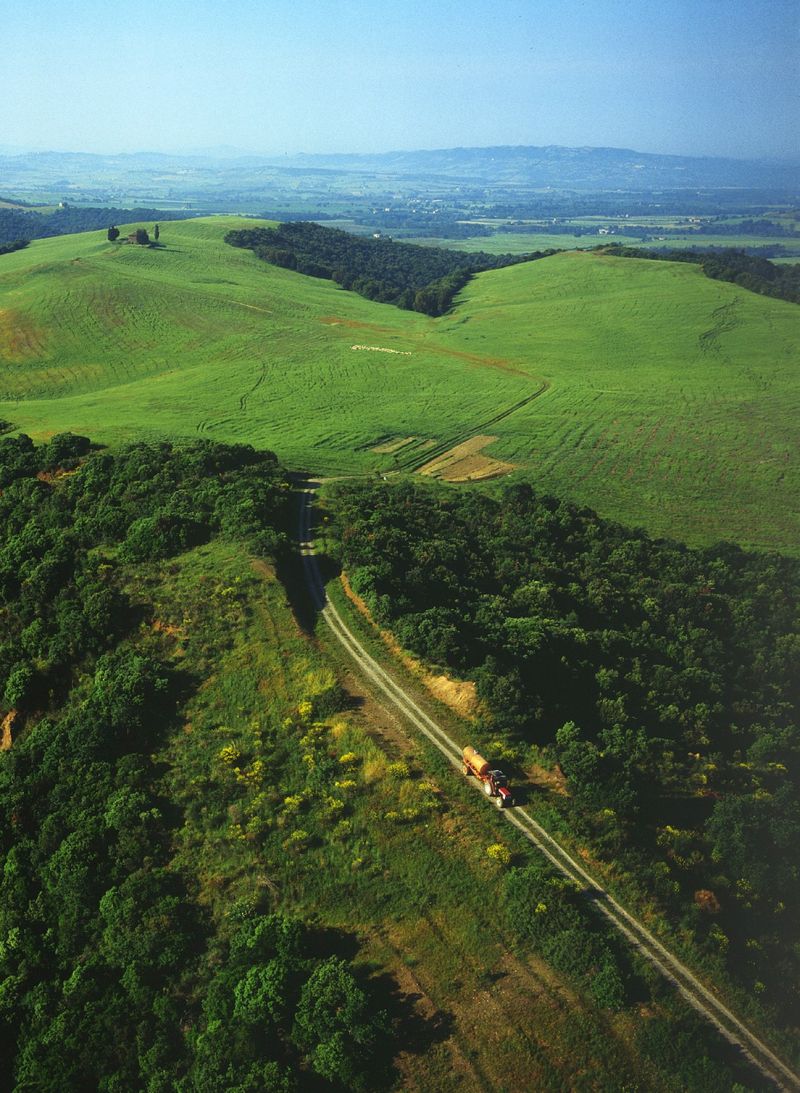
An extremely small producer, Cupano is the type of winemaker that remains solely for in-the-know oenophiles and locals, so it’s fortunate for us that John Voigtmann has sealed this vineyard with his personal endorsement. Here the production of Brunello is dusted with French tradition, allowing a totally unique appellation to come through with as John says ‘a passionate commitment to the subtle tools of French oak’.
Coming from Paris in the 90s, Ornella Tondini and Lionel Cousin moved to Montalcino and bought land that they discovered to be of a very pure quality, having never come into contact with chemicals or pesticides. Trading on the land, they began organic winemaking immediately but on a small scale – just 2.4 hectares of sangiovese grape for Brunello and Rosso di Montalcino, which slowly increased as time went on. Using methods brought from France, this slow-lane producer made wines for ageing to increase their complexity and refinement. Visitors are welcome to meet the family and sit with a few bottles together – surely one of those moments one dreams of.
When John describes a wine estate as ‘a magical castle, magical family and magical wine’, then you better sit up and take notice. A personal favourite of his, Sesti is at first glance possessing of bountiful natural charm – the 1200 AD castle and tower is clasped around a medieval hamlet that looks out over the ridges of Colline Metaallifere, above the meandering Oricia river and beyond to Siena. Once a seat of the Etruscans, this tactical location served as a watchtower due to its strategic vantage point.
Today and for the last 30 years, Sesti has realised the potential of the sunny, southern slopes of Montalcino – the source of some of the finest Brunello in Italy. Named after owner Giuseppe Sesti who planted the vines in 1991, this wine-making estate has made astonishing progress in a short amount of time focusing on a small area for wine-growing – just nine hectares. Yielding a high quality of grapes, the highly sought after 2016 Brunello di Montalcino Phenomena Riserva is not easily forgotten with rich, complex notes that make a substantial impression on the palate. Not to be missed.
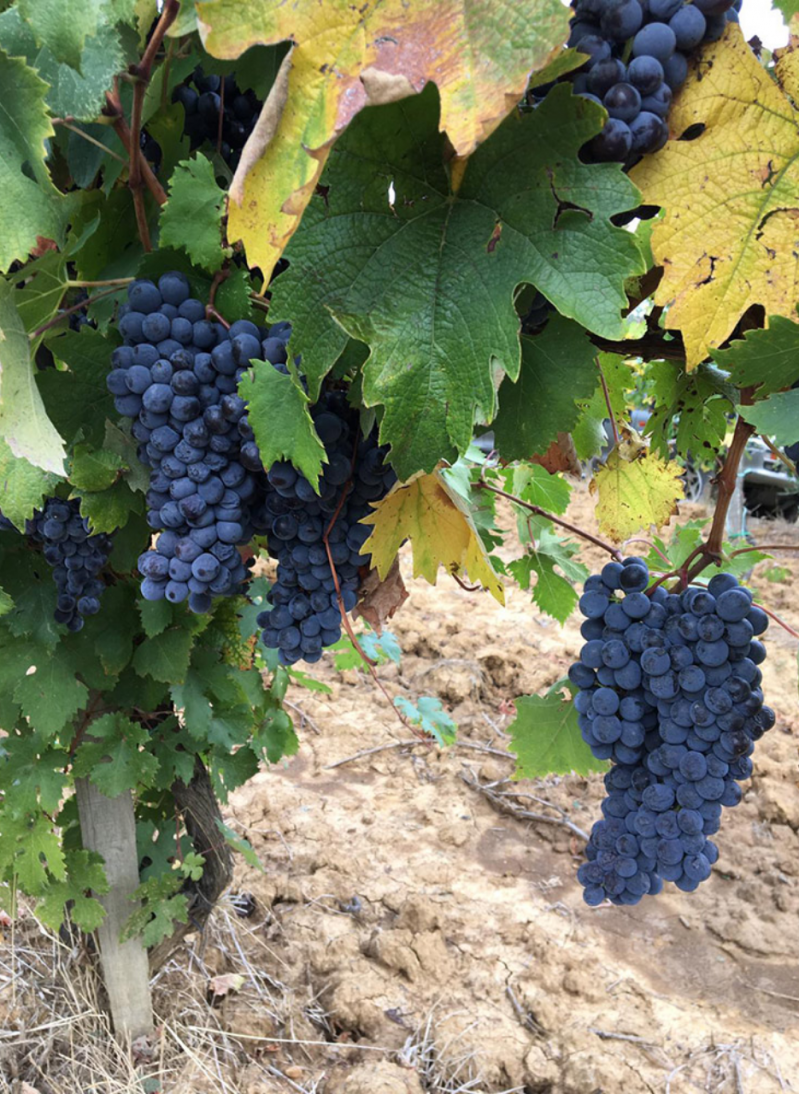
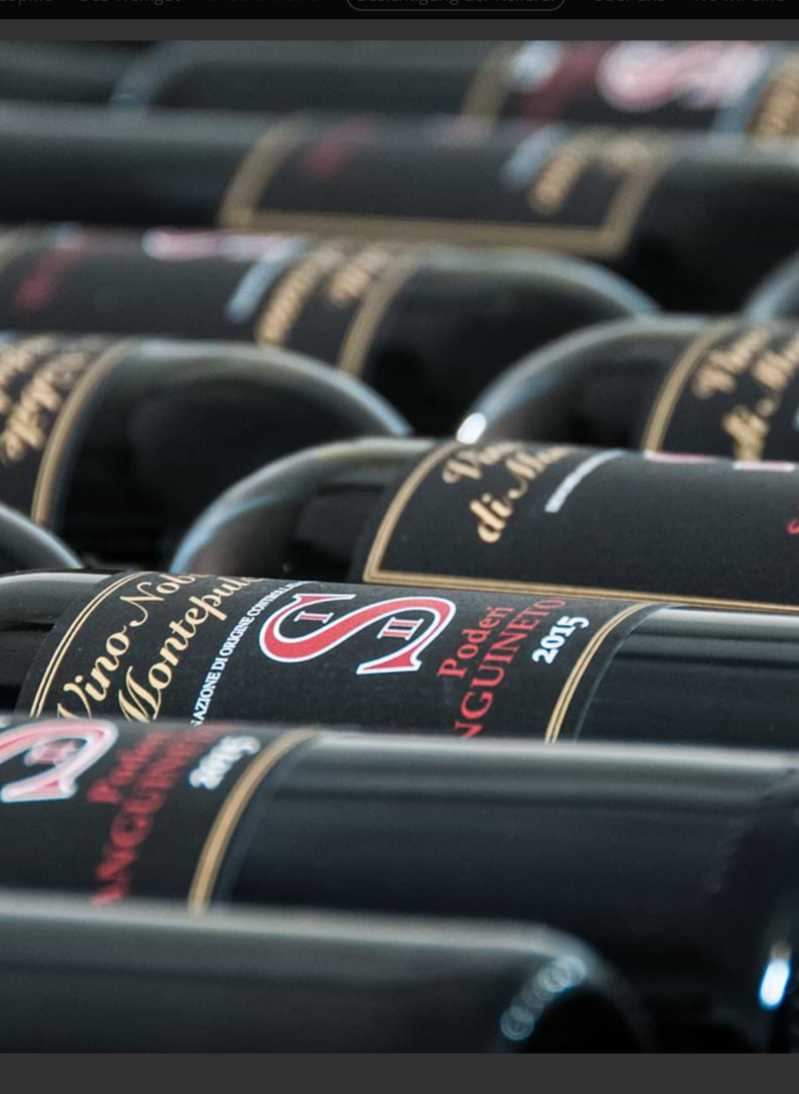
By contrast, Podere Sanguineto is so far off the beaten track that visitors are hardly expected and the farm displays pride in its lack of slick tasting rooms or framed awards. It’s simply an honest and authentic vineyard who get on with what they do best – producing great wines including John’s favourite wine Vino Nobile di Montepulciano.
Run by two characterful Italian ladies Dora and Patrizia, the former whose father owned the land and taught her the expertise of winegrowing, the small, little-known company began to grow through sales in the local market and word-of-mouth. Today the estate ship to the international market with bottles gracing the dining tables of restaurants and private homes in Japan, Peru, Belgium, Australia, Sweden and Canada among others. The lure of their appellation lies in the rich, tannic Montepulciano, aged for three years in oak barrels and velvety on the tongue. The perfect accompaniment to Italian food, this is the taste of skilled wine production.
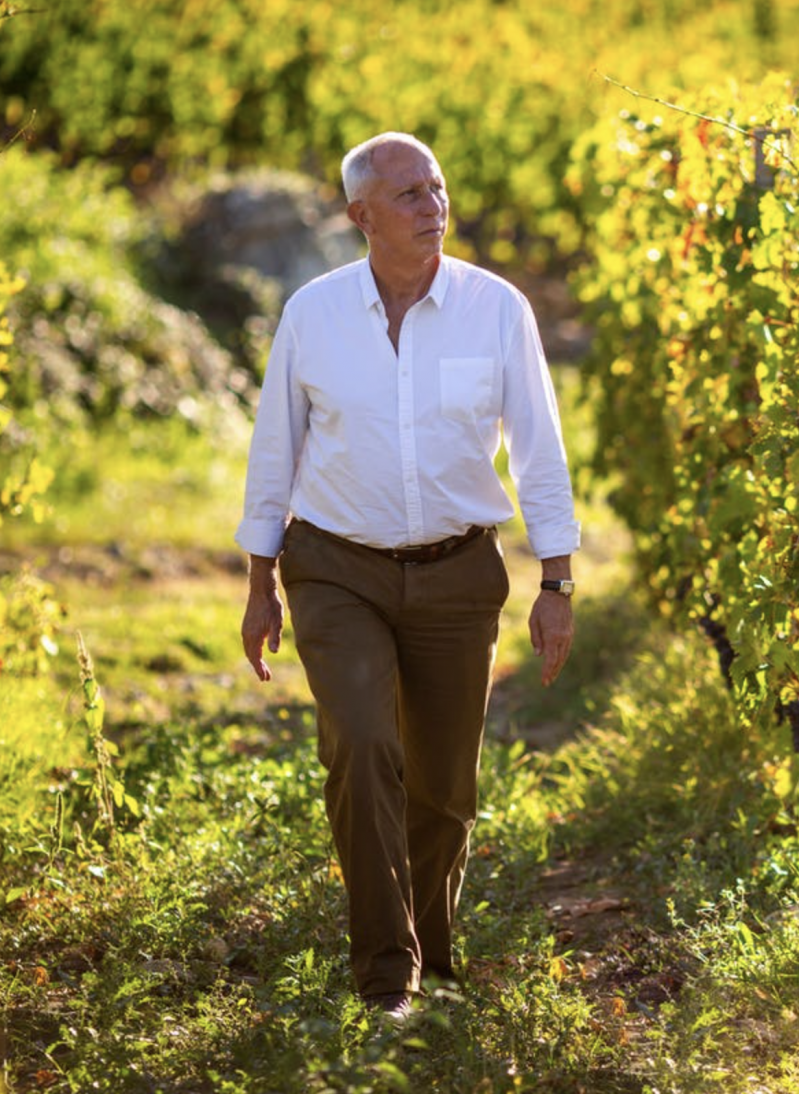
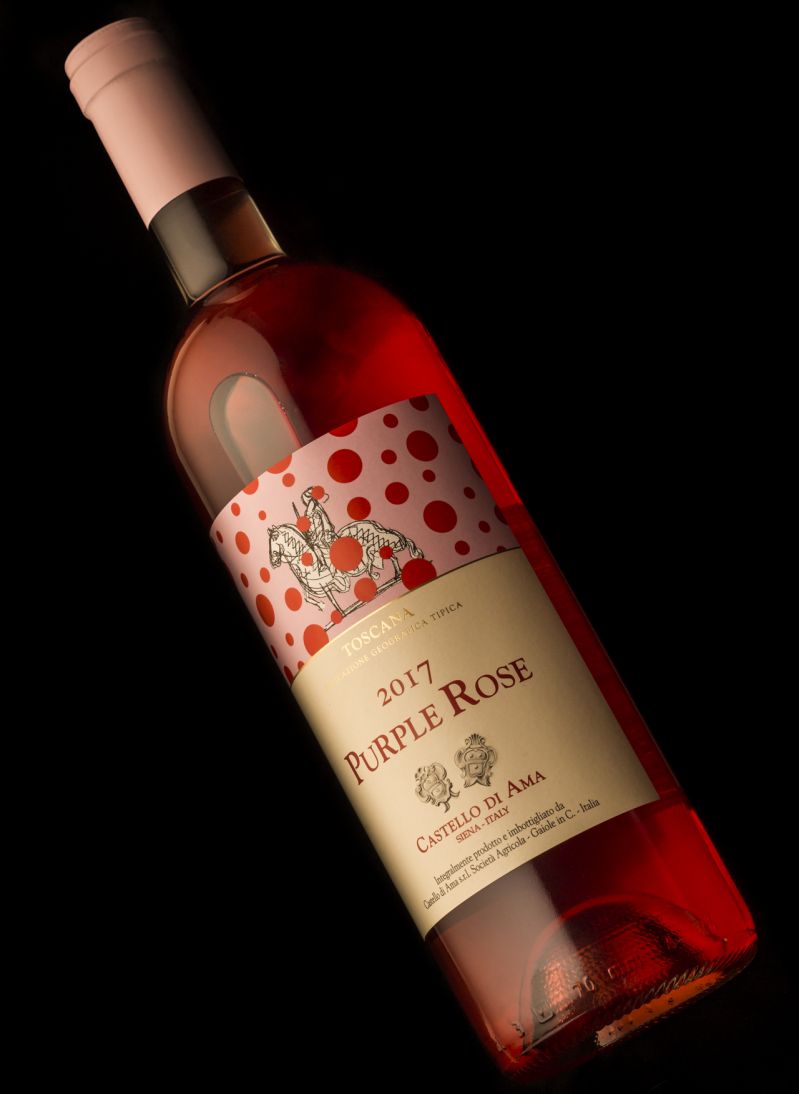
Describing themselves as ‘a microcosm of time, history, nature and art’, Castello di Ama vineyard located in central Tuscany between Florence and Siena is a spectacularly grand vineyard, built on the spot where a Roman castle once stood. Eighteenth century Italian villas replaced the castle remains and tracing the hilly surrounds of Ama are rows of neat vines across four valleys which produce around 320,000 bottles a year of Chianti Classico and IGT wine (where non-indigenous grapes are added).
John describes the Chianti here as ‘spectacular’ but what also draws him to this enchanting borgo is the vineyard’s association with art. Like an open-air gallery, Castello di Ama is home to a variety of artwork, sculptures, installations and paintings, by artists who have been invited to the castle to inspire and be inspired – art world alumni who have visited include Anish Kapoor who created a luminous circle on the chapel floor to Louise Bourgeois who made a fountain called ‘topiary’ that plays on the female form.